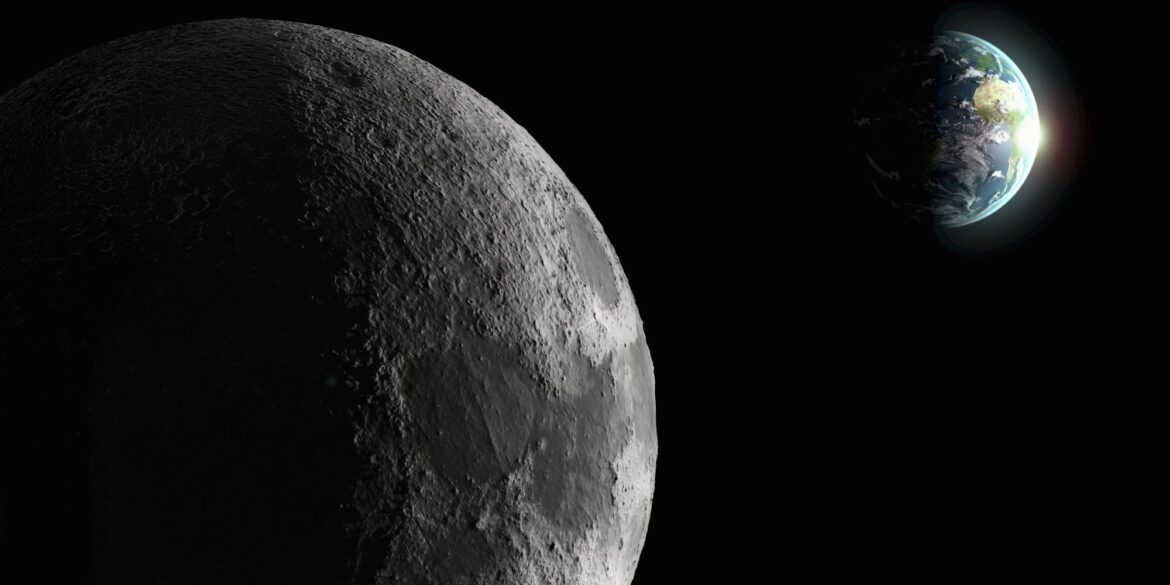1.8K
Who exactly does the moon actually belong to? The question is justified – after all, the earth’s satellite is considered a treasure in terms of raw materials. So it makes sense to clarify the question of ownership of the moon.
Who owns the moon – a simple explanation
The question has preoccupied the governments of many countries since the USA and the Soviet Union launched the first satellites in 1957/58.
- For this reason, it was necessary to clarify questions about the use of outer space and to create a legal basis. Among other things, this was to prevent an arms race in space.
- As early as 1959, a standing committee dealt with the elaboration of an international legal order for outer space. The result was the Outer Space Treaty of 1967, signed by 106 states, which lays down the principles governing space activities by states.
- In Article II of the Outer Space Treaty deals with the acquisition of sovereign rights over parts of outer space, including the Moon and other celestial bodies. The Treaty excludes both the acquisition of sovereign rights and property rights.
- The moon thus belongs to no one. It is possible to establish a lunar station there, but the land remains common property.
- The raw materials on the moon also belong to no one – or to all of humanity.

